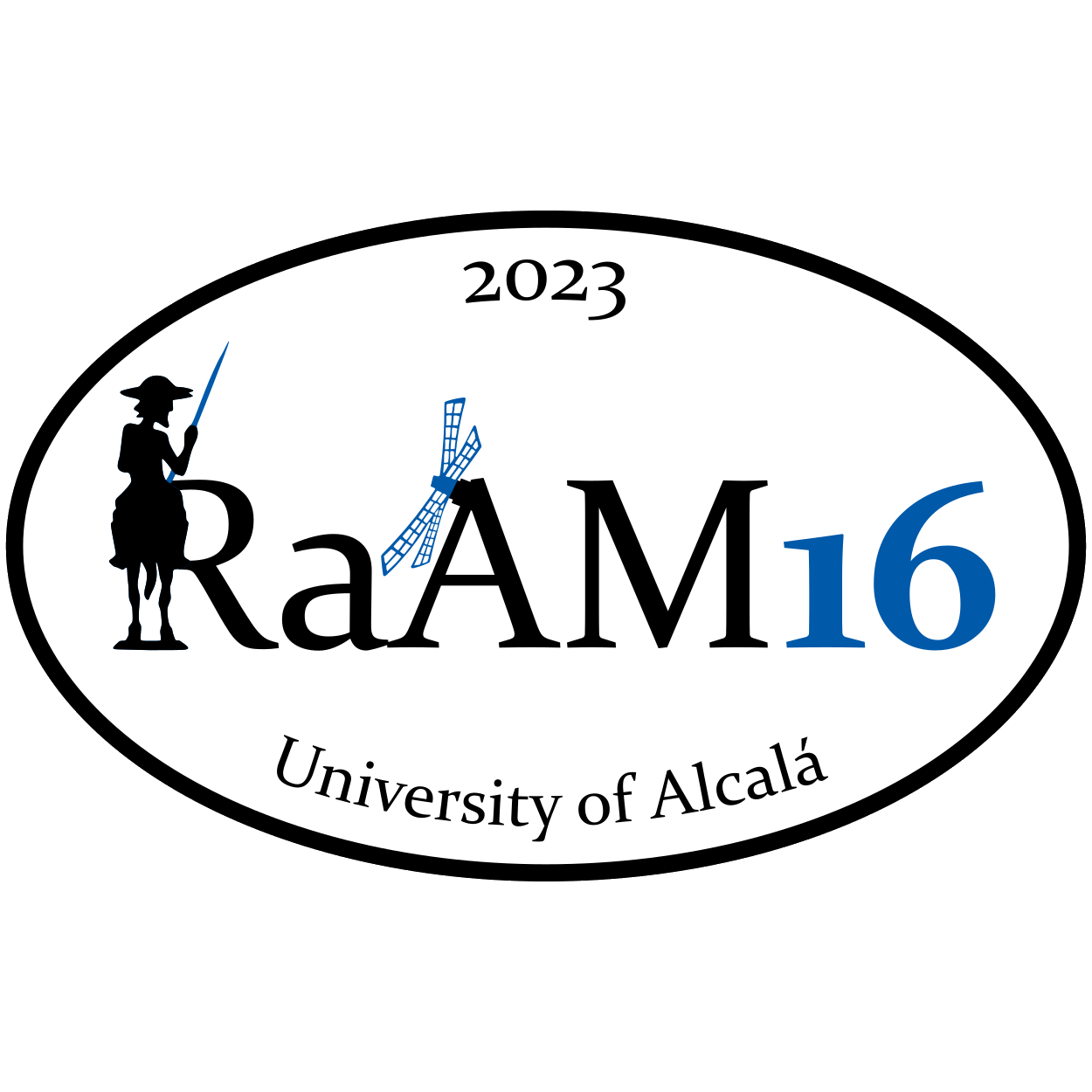Metaphor, Public Discourse and Conspiracy Theories
Andreas Musolff
What impact do metaphors have on public discourse? They have been condemned on the one hand as deceptive, manipulative and misleading “framing” tricks; on the other hand they have been praised as a principle of conceptual organization and of making new scientific and social insights accessible. In the context of the COVID-19 pandemic, both sides of this ‘coin’ have been commented upon, with the dark side, arguably, being the most hotly debated aspect, especially the use of war-related metaphors, which has even led to calls of its “reframing”, i.e. avoidance of and resistance to the war metaphor, and its replacement by other metaphors.
In order to assess the significance of such “reframing” efforts, two types of metaphor uses can be distinguished: first, the routine use of relatively general and abstract war-related vocabulary to designate the virus/pandemic as ‘enemy’; secondly, an emphatic ‘pre-packaged’ use of war scenarios to inform narratives, in particular conspiracy theories (CTs), that ‘explain’ the pandemic in terms of warmonger culprits to be punished, victims to be saved and heroes to be praised and supported.
Looking at the range of pandemic-related conspiracy theories that have been ‘enhanced’ or ‘weaponized’ by such war scenarios, I analyse the effects of their metaphorization and the ‘added value’ that war metaphors provide in making CTs attractive to believe and that help to immunize them against criticism. In conclusion, I argue that reframing efforts should not target lexical items or conceptual domains but instead focus on critiquing those figurative scenarios that specifically help to weaponize CTs.
